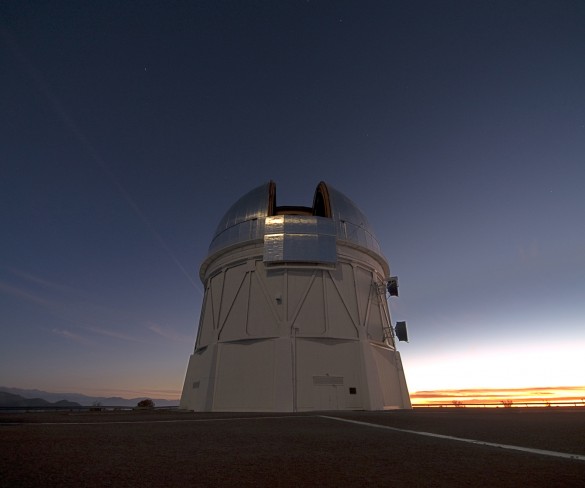Of the 14.2 million observations made by the Minor Planet Center (MPC) so far this year, one in particular caught the attention of the scientific community last week. After two years of research, a team of scientists in Michigan confirmed the detection of a dwarf planet in the Kuiper belt beyond another dwarf, Pluto, which they have charismatically named ‘2014 UZ224’. However it is not only Pluto and 2014 UZ224 which belong to the dwarf planet family. In 2003, icy Eris was discovered, followed by Haumea and Makemake beyond Neptune; Ceres, looping the sun in the asteroid belt between Mars and Jupiter, was named as a dwarf planet last year.
If you ever feel like you need more time before an essay deadline, simply book a holiday to 2014 UZ224: at 8.5 billion miles from our sun, one orbit is equal to 1,100 earth years. The undergraduate team who detected the dwarf planet, led by David Gerdes, claim that it is the third most-distant object known in our solar system. It is also rather tiny – 420 miles across smaller than Charon, Pluto’s largest moon. As such, Gerdes has voiced his concern that it may yet be demoted from dwarf planet status by the International Astronomical Union.
Name and status aside, the way in which 2014 UZ224 was discovered illuminates the exciting ways in which modern astronomy can uncover the unknown. Gerdes’ team developed the Dark Energy Camera (DECam), commissioned by the U.S. Department of Energy, in order to map galaxies. It was originally developed to provide clues to help understand ‘dark energy’ and to allow scientists to observe the movement of supernovas (exploding stars) and galaxies. However, when some undergraduate students visited for the summer, Gerdes gave them the task of finding some solar system objects that may be hiding in the map of the Milky Way.
The undergraduate team work as if solving an astrological dot-to-dot – with the aid of computer software they developed. The camera takes snapshots of a few patches of the night sky at irregular intervals. “Objects in the solar system, when you observe them at one instant and then a little while later, they appear to be in a different place in the sky,” Gerdes explained. Therefore, once the team have several snapshots, the dots of light can be traced across the different images. It is then that orbits can be tracked, indicating the path of an asteroid or planet: or a dwarf planet, like 2014 UZ224.
Yet 2014 UZ224 is not alone: there may be as many as 1000 dwarf planets sharing space in the outer edges of our solar system. Gerdes is optimistic about his team’s telescopic research leading to literally bigger prospects: for him and the astrological community, “the hunt is on” for the detection of ‘Planet Nine’, an ice giant four times the size of Earth in the Kuiper belt. Watch this space.
To see more of the Dark Energy Camera, click here.
Amy Wardle
(Image courtesy of T. Abbott and NOAO/AURA/NSF)

